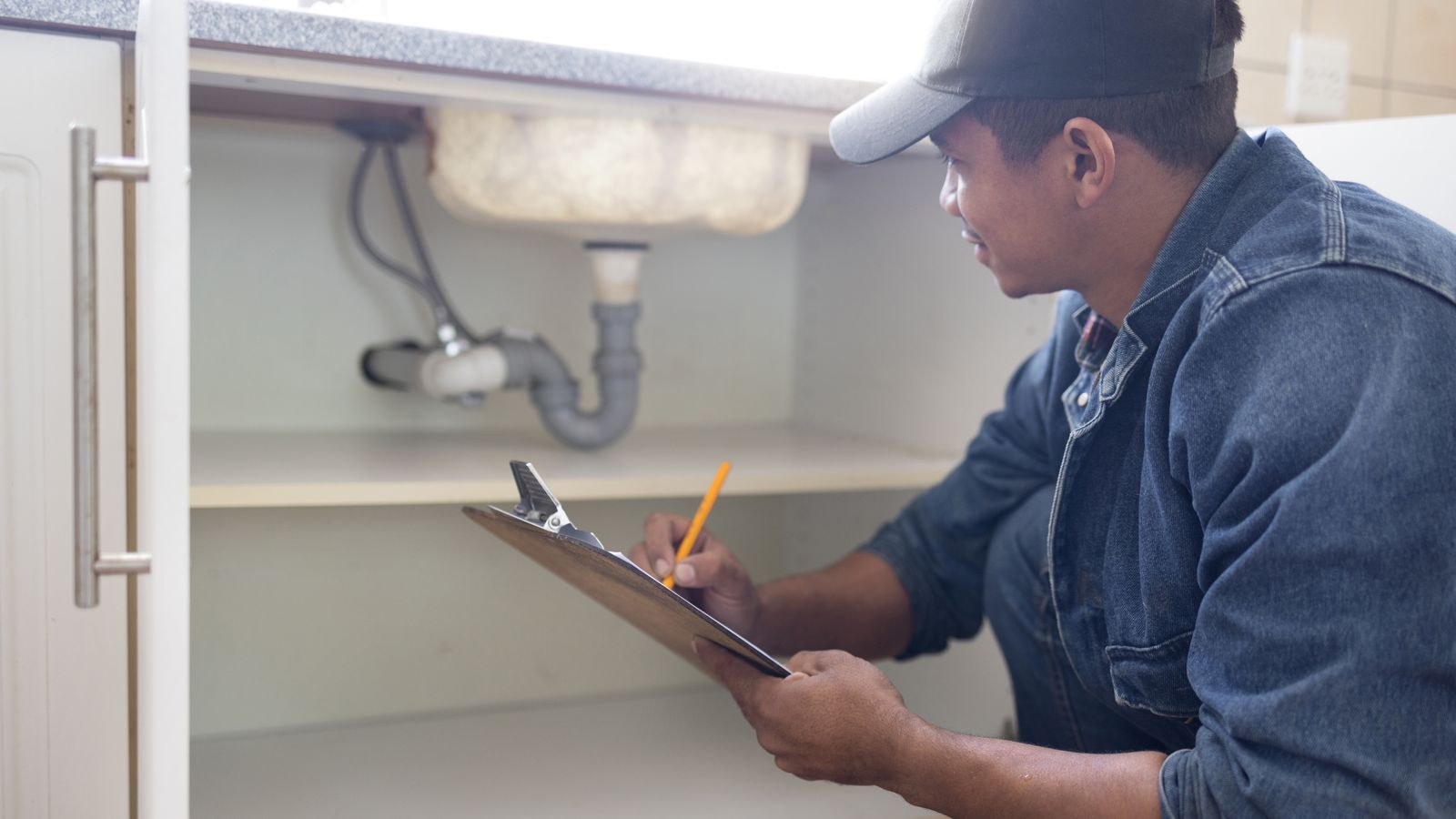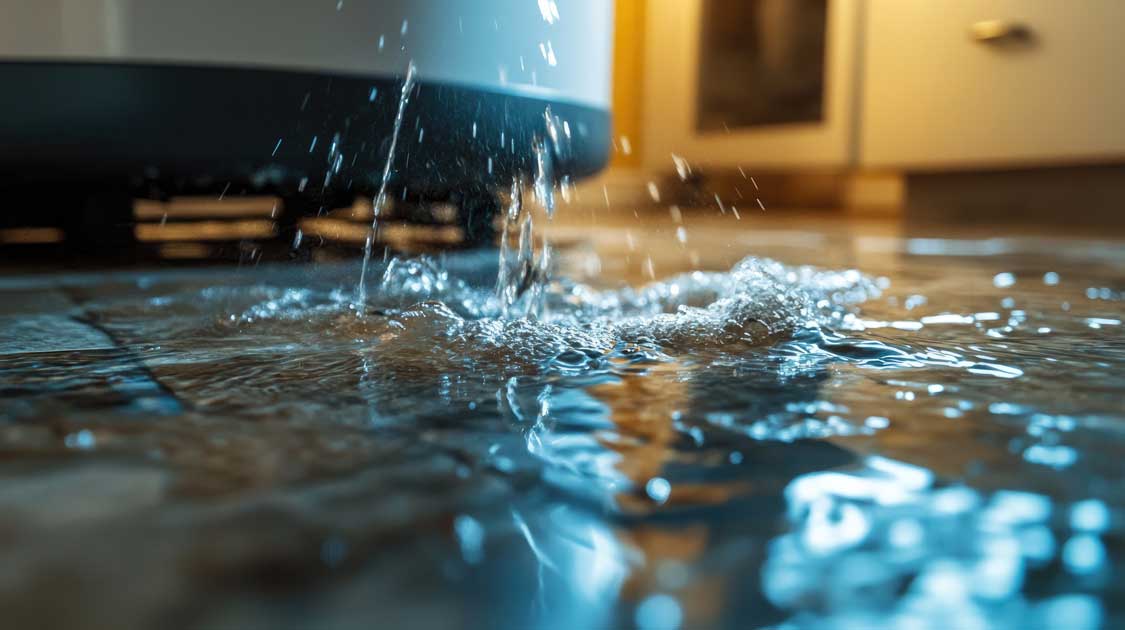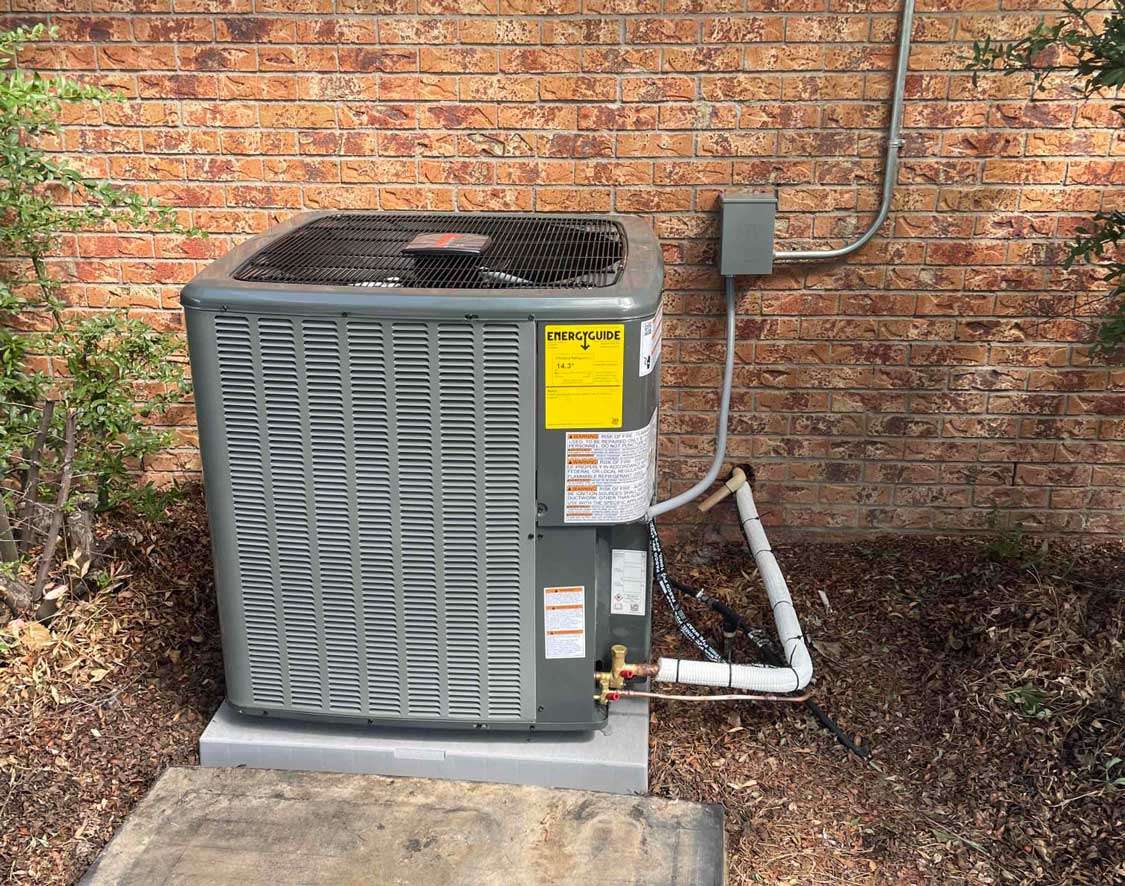If your faucets aren’t flowing like they used to, your washing machine takes longer to fill, or your shower feels weak, you could have a water pressure issue. Many homeowners don’t think about water pressure—until it starts interfering with daily life.
At B. Carlson Heating, Air Conditioning & Plumbing, we know how frustrating water pressure problems can be. Whether it’s too high or too low, an imbalance can impact your plumbing system, appliances, and even your water bills. This guide will help you recognize common water pressure issues, understand their causes, and take the right steps to restore proper flow in your home.
What Is Normal Water Pressure?
Most homes should have water pressure between 40 and 60 PSI (pounds per square inch). Anything below 40 PSI can cause weak flow, while anything above 60 PSI can put excessive strain on pipes and fixtures.
Why Water Pressure Matters
Water pressure affects how efficiently your plumbing system functions. When it’s too low, daily tasks like showering, washing dishes, or using appliances become inconvenient. When it’s too high, it can damage pipes, cause leaks, and wear out appliances prematurely.
Signs You Have a Water Pressure Problem
Sudden Drops in Water Pressure
A gradual decrease in pressure can be easy to miss, but a sudden drop is a red flag. If your fixtures start running weak or your shower pressure decreases unexpectedly, here’s what could be happening:
- Pipe Blockages: Mineral buildup or debris can clog pipes, restricting water flow.
- Leaks in the Plumbing System: Leaks divert water from reaching your fixtures, leading to lower pressure.
- Municipal Water Supply Issues: A water main break or city maintenance can temporarily reduce pressure in your home.
If you notice a sudden drop, check for visible leaks, clean faucet aerators, and see if your neighbors are experiencing the same issue. If the problem persists, call a professional plumber to investigate further.
Signs of Low Water Pressure
If your water pressure has weakened over time, you might notice:
- Multiple Fixtures with Weak Flow – If your sink, shower, and washing machine all have low pressure, it’s likely a system-wide issue.
- Water Trickles Instead of Flowing – A significant pressure drop can result in a mere trickle, making tasks like filling a glass of water or taking a shower frustrating.
- Appliances Taking Longer to Run – Washing machines and dishwashers depend on strong water flow. If cycles take longer, pressure could be the culprit.
If low pressure is affecting your home, check for partially closed valves or clogged pipes, and consider scheduling a professional inspection.
Signs of High Water Pressure
While low pressure is inconvenient, high water pressure can cause serious damage to your plumbing system. Look out for:
- Banging Pipes (Water Hammer) – Loud knocking or hammering sounds when turning off faucets indicate high pressure slamming against your pipes.
- Leaking Faucets & Fixtures – Excess pressure wears out washers and seals, causing persistent drips.
- Running Toilets – If your toilet continues running long after flushing, high water pressure may be interfering with the fill valve.
- Unexplained High Water Bills – More pressure means more water is being pushed through your pipes, leading to higher usage and costs.
If you suspect your water pressure is too high, attach a pressure gauge to an outdoor faucet. If it reads above 60 PSI, a pressure-reducing valve (PRV) may be needed to regulate the flow.
Common Causes of Water Pressure Issues
- Partially Closed Valves – A partially closed main water shut-off valve or fixture valve can limit water flow.
- Faulty Pressure Regulator – If this device malfunctions, it can cause erratic pressure levels.
- Pipe Corrosion & Clogs – Mineral buildup and rust can restrict water flow, especially in older homes with galvanized pipes.
- High City Water Pressure – In some areas, municipal water pressure exceeds 80 PSI, requiring a PRV to bring it to a safe level.
Troubleshooting Water Pressure Problems
- Check for Leaks – Even a small leak can divert water and reduce pressure. Look around sinks, toilets, and water heaters for signs of moisture.
- Test Your Water Pressure – Attach a pressure gauge to an outdoor spigot to measure PSI.
- Assess Pressure When Using Multiple Fixtures – If turning on multiple taps at once drastically reduces pressure, your system may need adjustments.
If these steps don’t resolve the issue, a professional plumber can diagnose and fix underlying problems before they escalate.
The Importance of Professional Inspection
While DIY troubleshooting can help, some water pressure issues require professional attention. Ignoring high water pressure can lead to pipe damage, while low pressure can indicate hidden plumbing issues. A licensed plumber can:
- Identify leaks and clogs
- Adjust or replace pressure regulators
- Inspect and upgrade aging pipes
- Install a pressure-reducing valve if necessary
Trust B. Carlson for Your Plumbing Needs
At B. Carlson Heating, Air Conditioning & Plumbing, we help homeowners maintain a balanced, efficient plumbing system. Whether you’re dealing with low flow, leaks, or high pressure, our expert team is here to provide fast, reliable solutions.
Call us at 505-349-4409 to schedule a water pressure inspection today. Your home’s plumbing is in good hands with B. Carlson – your best friend in home services







